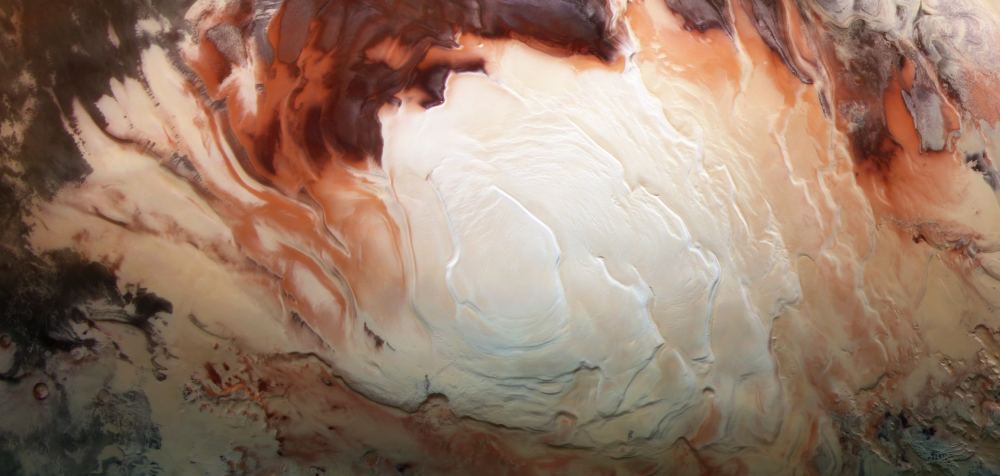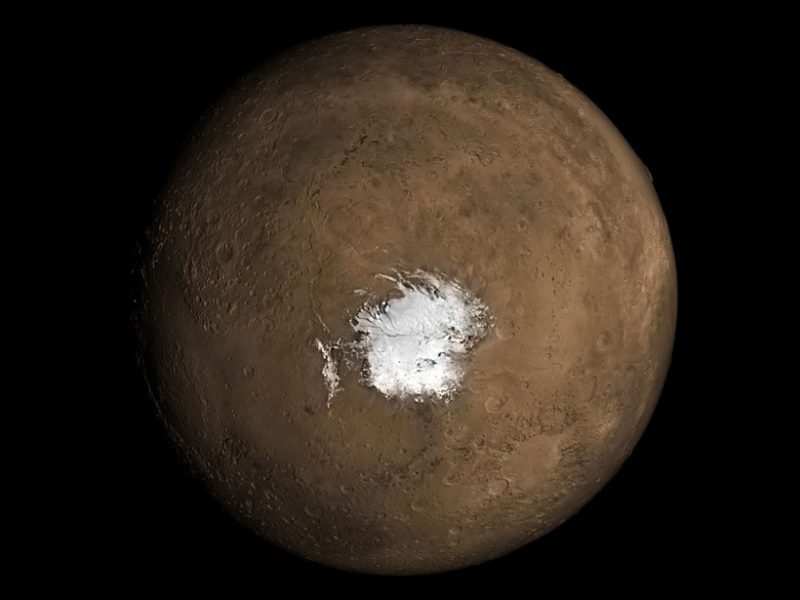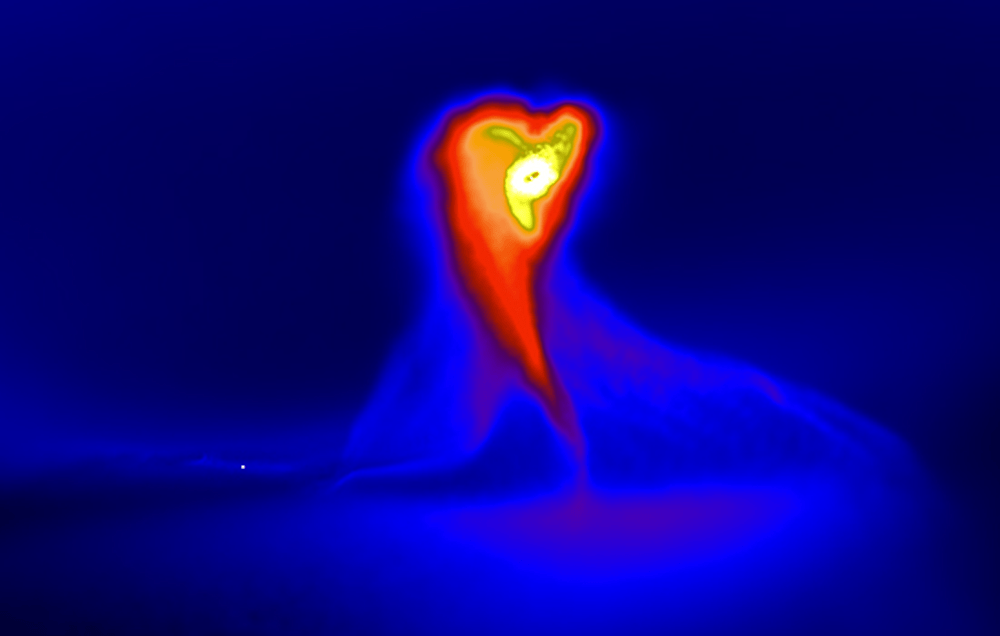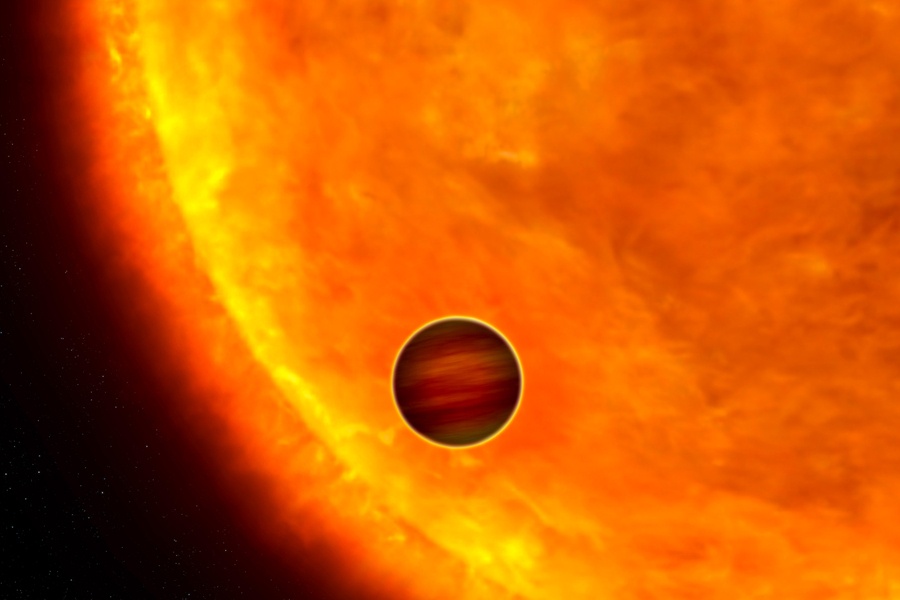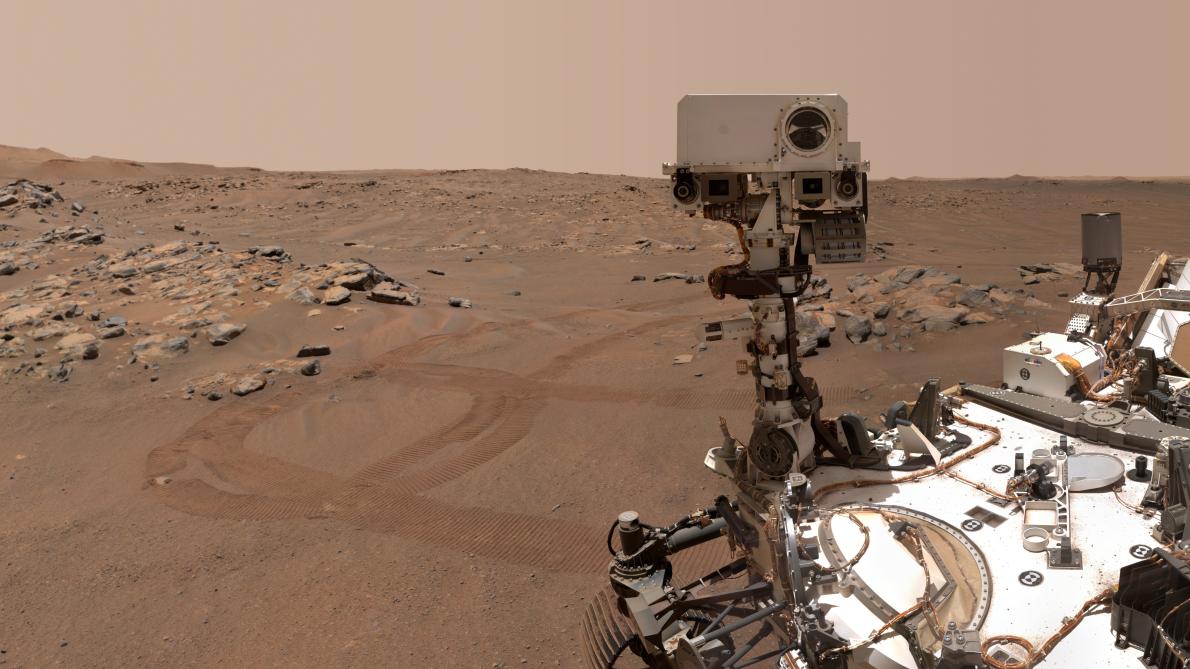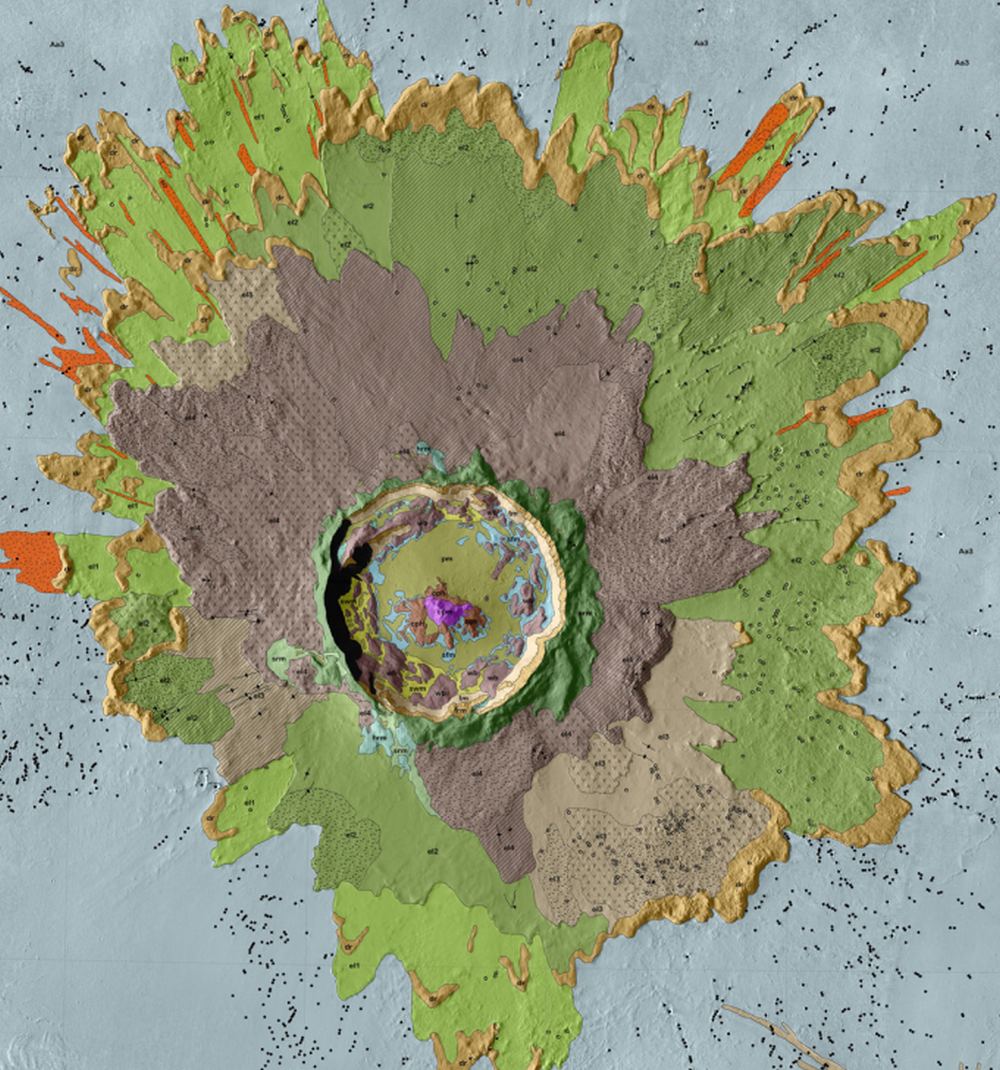Can one type of planet become another? Can a mini-Neptune lose its atmosphere and become a super-Earth? Astronomers have found two examples of mini-Neptunes transitioning to super-Earths, and the discovery might help explain a noted “gap” in the size distribution of exoplanets.
Continue reading “Mini-Neptunes can Lose gas and Turn Into Super-Earths”Mini-Neptunes can Lose gas and Turn Into Super-Earths




